Tsampa | The Heart of Ladakhi Cuisine

Tsampa is a traditional Himalayan food made from roasted barley flour. It has been a staple in Ladakh, Tibet, and other Himalayan regions for centuries. This simple yet highly nutritious dish is not only a daily meal but also deeply woven into the cultural and spiritual practices of the Ladakhi people. If you ever visit […]
Chana Madra | A Flavorful Dish from Himachal Pradesh
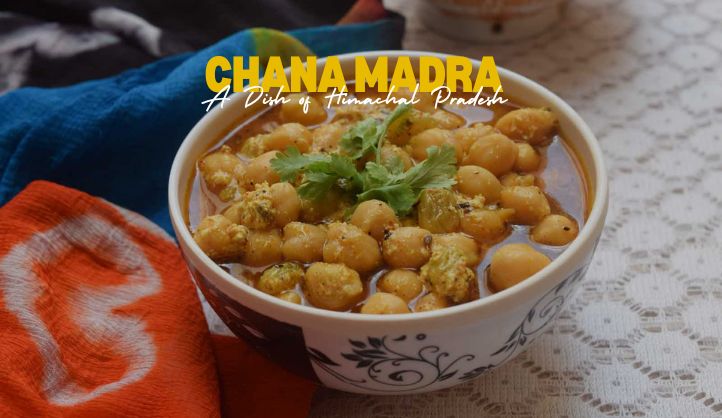
Himachal Pradesh, a state nestled in the heart of the Himalayas, is known not just for its stunning landscapes but also for its rich culture and cuisine. Among its many traditional dishes, Chana Madra stands out as a flavorful and wholesome delicacy. It is a must-try dish that reflects the simplicity and charm of Himachali […]
Sepu Badi | A Local Dish in Himachal Pradesh
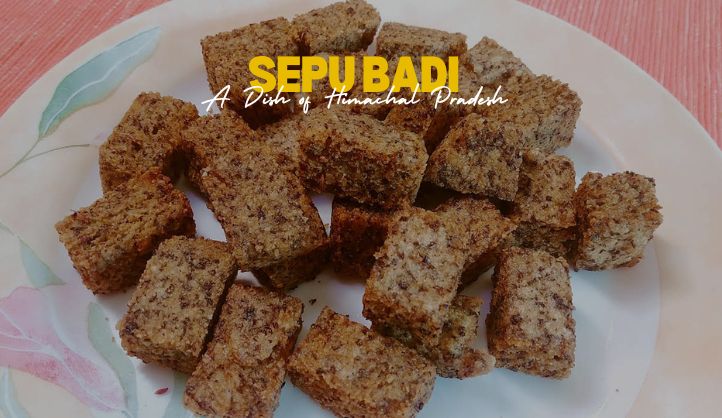
Himachal Pradesh, a beautiful state in northern India, is not just known for its scenic mountains and valleys but also for its unique and flavorful cuisine. Among its many traditional dishes, Sepu Badi stands out as a favorite among locals and visitors. This dish is not only rich in taste but also reflects the culture […]
Patande | A Traditional Dish from Himachal Pradesh
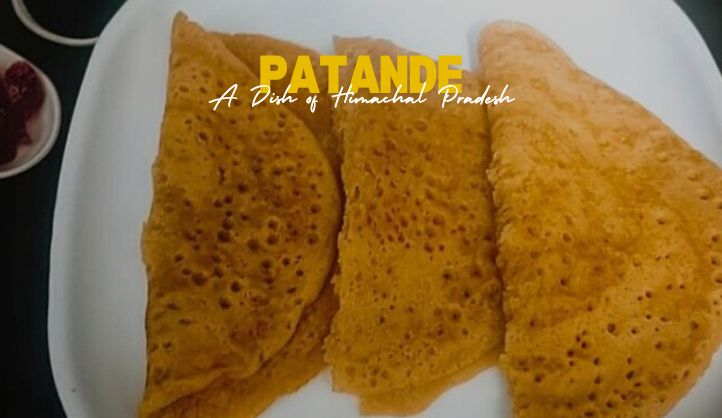
Himachal Pradesh, nestled in the lap of the mighty Himalayas, is not only known for its breathtaking landscapes but also for its unique and delicious cuisine. Among its many culinary treasures is a dish called Patande, often referred to as the Himachali version of pancakes. Simple yet delightful, Patande holds a special place in the […]
Aktori Dish in Himachal Pradesh | A Taste of Tradition
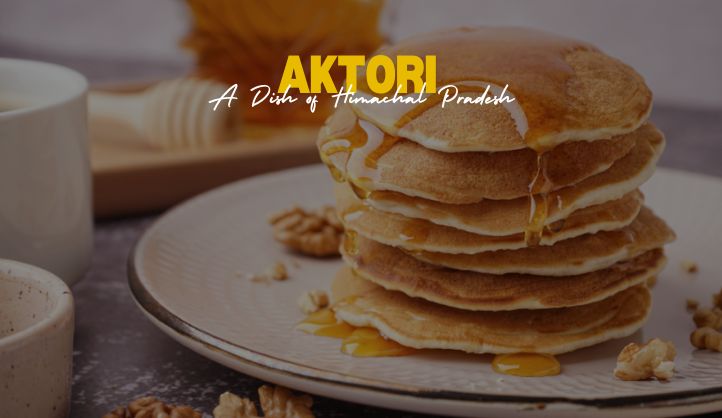
Himachal Pradesh, nestled in the lap of the Himalayas, is known for its breathtaking landscapes, vibrant culture, and unique culinary heritage. Among the many delicacies that this picturesque state offers, Aktori holds a special place. This traditional dish, made with buckwheat flour and other simple ingredients, is not just a treat for the taste buds […]
Tudkiya Bhaat | A Traditional Himachali Delight

Himachal Pradesh, a beautiful state in northern India, is known for its breathtaking mountains, rich culture, and delicious food. Among the many traditional dishes that showcase the culinary heritage of this region, Tudkiya Bhaat stands out as a unique and flavorful rice dish. Often referred to as the Himachali version of pulao, Tudkiya Bhaat is […]
Babru in Himachal Pradesh | A Delicious Dish
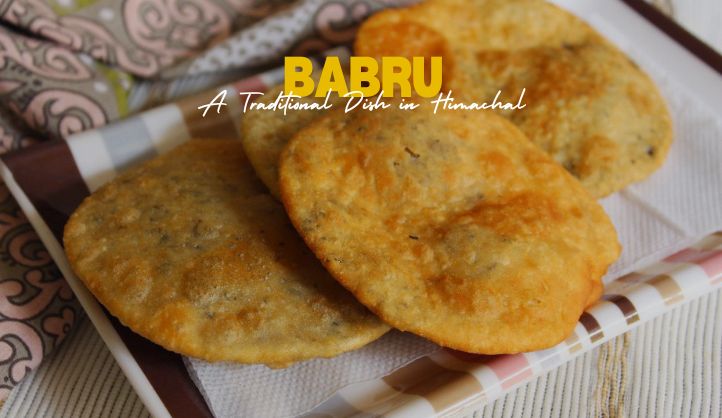
Himachal Pradesh is not just about majestic mountains and stunning valleys, it is also a land of unique traditions, vibrant cultures, and mouthwatering food. Among the many traditional dishes from this picturesque state, Babru holds a special place. Babru is a crispy, deep-fried bread filled with a flavorful black gram (urad dal) stuffing. This dish […]
Mittha in Himachal Pradesh | A Sweet Tradition
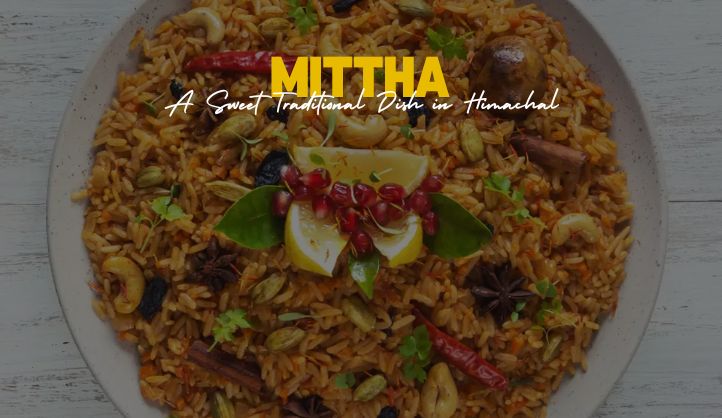
Himachal Pradesh, known for its scenic beauty, snow-covered mountains, and vibrant culture, is also home to a rich culinary heritage. Among its traditional dishes, Mittha holds a special place. This sweet dish is more than just a dessert, it reflects the warmth, hospitality, and festive spirit of the Himachali people. Let’s take a deep dive […]
Dham in Himachal Pradesh
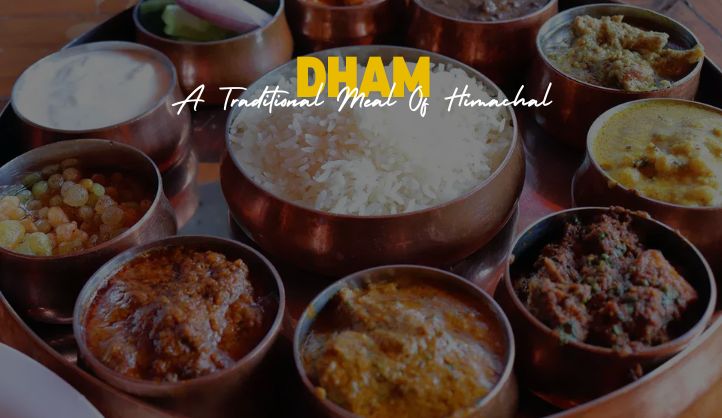
Himachal Pradesh, a land of stunning mountains, green valleys, and vibrant culture, is also known for its delicious food. Among the many dishes and traditions, one stands out as a true celebration of Himachali heritage—Dham. Dham is not just a meal; it’s an experience, a tradition that brings people together, and a feast that tells […]
Siddu | A Delicious Himachali Dish
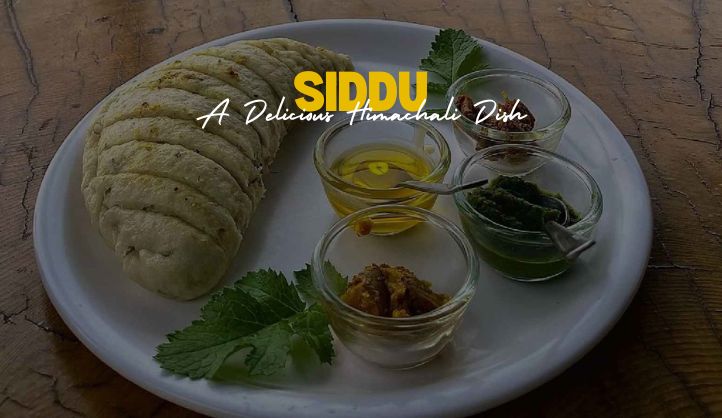
Himachal Pradesh, a beautiful state in northern India, is not just famous for its snow-capped mountains and scenic valleys but also for its unique and delicious food. Among its many traditional dishes, Siddu stands out as a favorite. This steamed bread, stuffed with flavorful fillings, is a must-try for anyone visiting the region. In this […]
